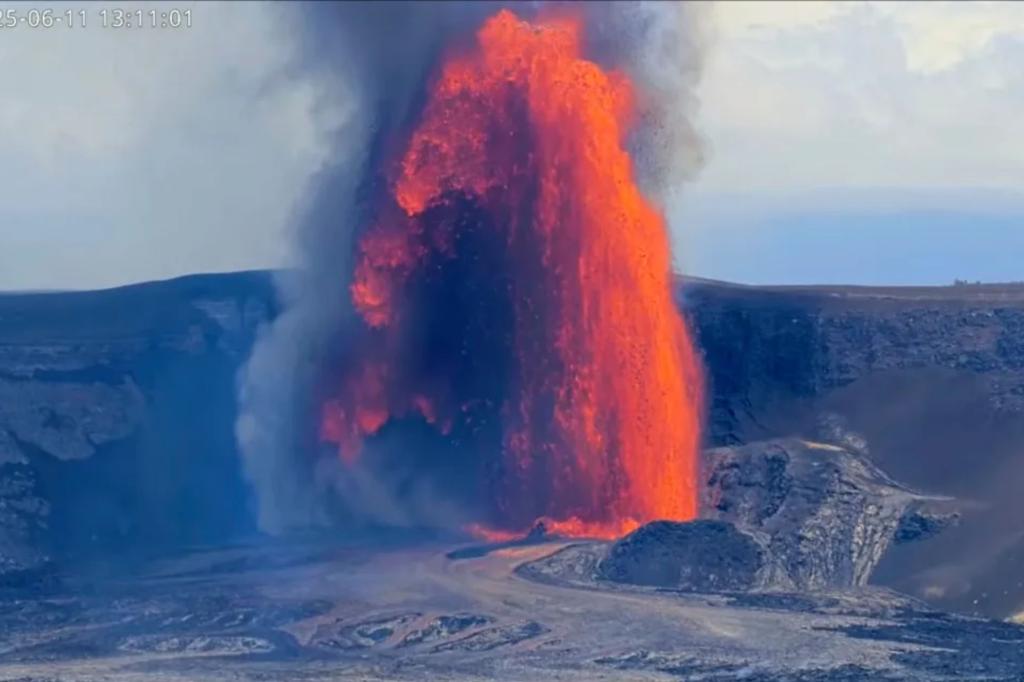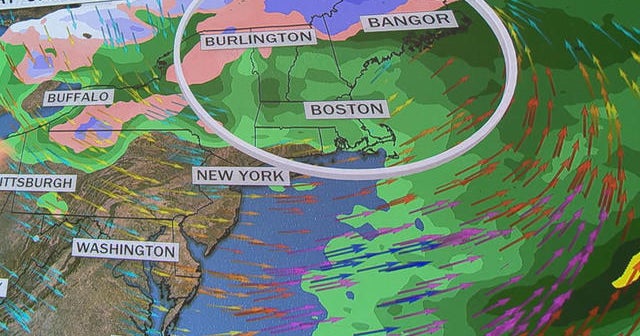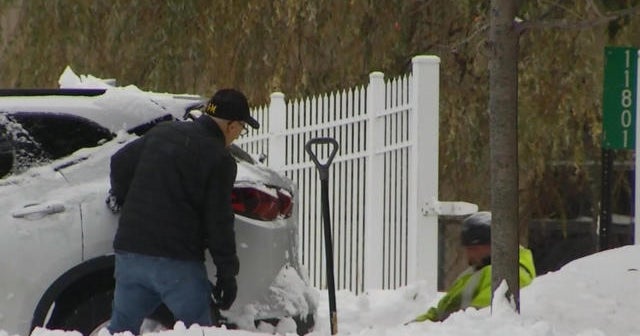Kilauea’s Fiery Fury: 25 Eruptions and Lava Soars to 330 Feet
The Kilauea Volcano in Hawaii has once again demonstrated the raw power of nature, erupting for the 25th time since December. This latest episode has not only captivated onlookers but also raised significant questions regarding its environmental impact and the safety of the local communities. With lava soaring to an astonishing height of 330 feet, the spectacle of Kilauea’s eruptions is both mesmerizing and alarming.
The Eruption: A Closer Look
The recent eruption, which occurred in the early hours of the morning, has garnered widespread attention. The plume of lava—visible for miles—has become a focal point for tourists, scientists, and volcanic enthusiasts alike. As the molten rock cascades down the sides of the volcano, it creates a fiery display that is both beautiful and destructive.
- Date of Eruption: Ongoing since December
- Height of Lava Plume: 330 feet
- Number of Eruptions: 25
Scientific Significance
Scientists are closely monitoring the Kilauea Volcano as it continues to erupt. The geological and environmental implications of such frequent eruptions are profound. Dr. Emily Carter, a volcanologist at the Hawaiian Volcano Observatory, emphasizes the importance of understanding the patterns of Kilauea’s activity:
“Each eruption provides us with valuable data about the behavior of volcanoes, which is crucial for both predicting future eruptions and mitigating their impacts on nearby communities. The frequency of Kilauea’s eruptions offers unique insights into the volcanic processes at play beneath the surface.”
Environmental Impact
The environmental consequences of Kilauea’s eruptions are far-reaching. The lava flows can obliterate natural habitats, affecting local wildlife and plant species. Furthermore, the release of volcanic gases such as sulfur dioxide poses health risks to nearby residents. The Hawaiian Department of Health has issued advisories urging locals to stay indoors during periods of heavy volcanic activity.
Community Concerns
As the eruptions continue, the local communities are left to grapple with the immediate dangers and long-term implications. Many residents of the Big Island are familiar with the risks associated with living near an active volcano, yet the sheer scale of recent eruptions has reignited fears about safety and property damage.
- Evacuations: Some areas have been evacuated as a precaution.
- Emergency Preparedness: Local authorities are urging residents to prepare emergency kits.
- Insurance Challenges: Homeowners are facing difficulties with insurance coverage against volcanic damage.
A Look Ahead
While Kilauea’s eruptions can be unpredictable, experts believe that understanding the current activity may shed light on future eruptions. The ongoing research and monitoring efforts aim to provide better predictive models, which could ultimately save lives and property.
In the coming months, scientists will continue to analyze data collected from the recent eruptions. The findings could enhance our understanding of volcanic behavior and improve emergency response strategies. As Dr. Carter notes:
“The more we learn about Kilauea, the better prepared we can be for future events. Our goal is to minimize the risks and protect both the people and the environment affected by volcanic activity.”
Conclusion
Kilauea’s latest eruption serves as a powerful reminder of nature’s unpredictability. With each eruption, we are given an opportunity to learn and adapt, not only for the sake of scientific inquiry but also for the wellbeing of those who call Hawaii home. As the lava continues to flow and the world watches, the responsibility remains on both scientists and community leaders to navigate the challenges posed by this magnificent yet formidable force of nature.
See more Your Daily Weather


